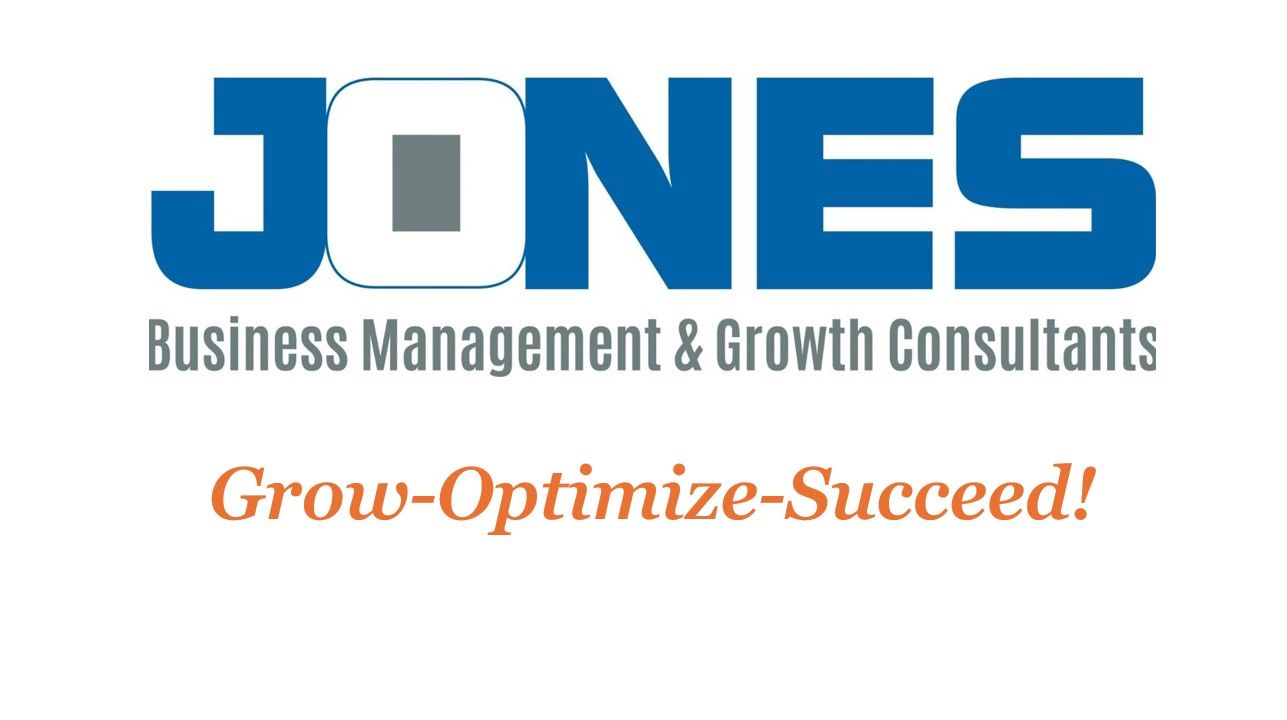From Side Jobs to Real Company: Making the Jump
How to Turn Your Weekend Hustle Into a Full-Time, Profitable Business

A lot of landscapers start the same way — a mower, a truck, and some weekend clients. It works at first. You make extra money, get referrals, and start to think, “I could do this full time.”
That’s the moment that separates hobbyists from business owners. Because making the jump is not just about getting more clients — it’s about building structure, pricing right, and running like a real company.
The Trap Most Transitioners Fall Into
Many new owners go full time before they are ready. They focus on equipment and clients but ignore systems and numbers. The result is long hours, inconsistent income, and burnout.
You cannot treat a business like a side hustle and expect it to pay like a company.
Step 1: Price Like a Business, Not a Side Gig
Side jobs are priced for cash flow. Real businesses are priced for profit.
- Know your true costs — labor, fuel, insurance, overhead, and your own paycheck.
- Stop matching competitors who are guessing.
- Build margin into every quote so you have room to grow.
If your pricing isn’t built on math, it’s built on hope.
Step 2: Create Structure Before Chaos
Even a solo operator needs systems.
- Schedule routes in a CRM, not on sticky notes.
- Use a checklist for every job so quality stays consistent.
- Set up separate business banking and track every dollar.
These simple structures separate the professionals from the part-timers.
Step 3: Build a Brand That Looks Legit
Your clients decide if you’re a “real company” before you even speak.
- Uniforms, clean trucks, and a simple logo go a long way.
- Yard signs, business cards, and online reviews build credibility.
- A basic website makes it easy to find and contact you.
You don’t need to be big — just consistent and professional.
Step 4: Think Like an Owner
Stop asking, “How can I get through this week.” Start asking, “How can I make next year better.”
Owners plan. They track numbers. They create systems that free their time. That’s what turns a job into a business.
Your Next Step
If you’re ready to make that jump from side work to running a real company, I’ll help you build the foundation the right way. My G.Y.S.T. Academy on Skool shows you how to price correctly, systemize your operations, and create the professionalism that wins bigger clients.
👉 Join the Skool community here and start turning your hustle into a company that lasts.










